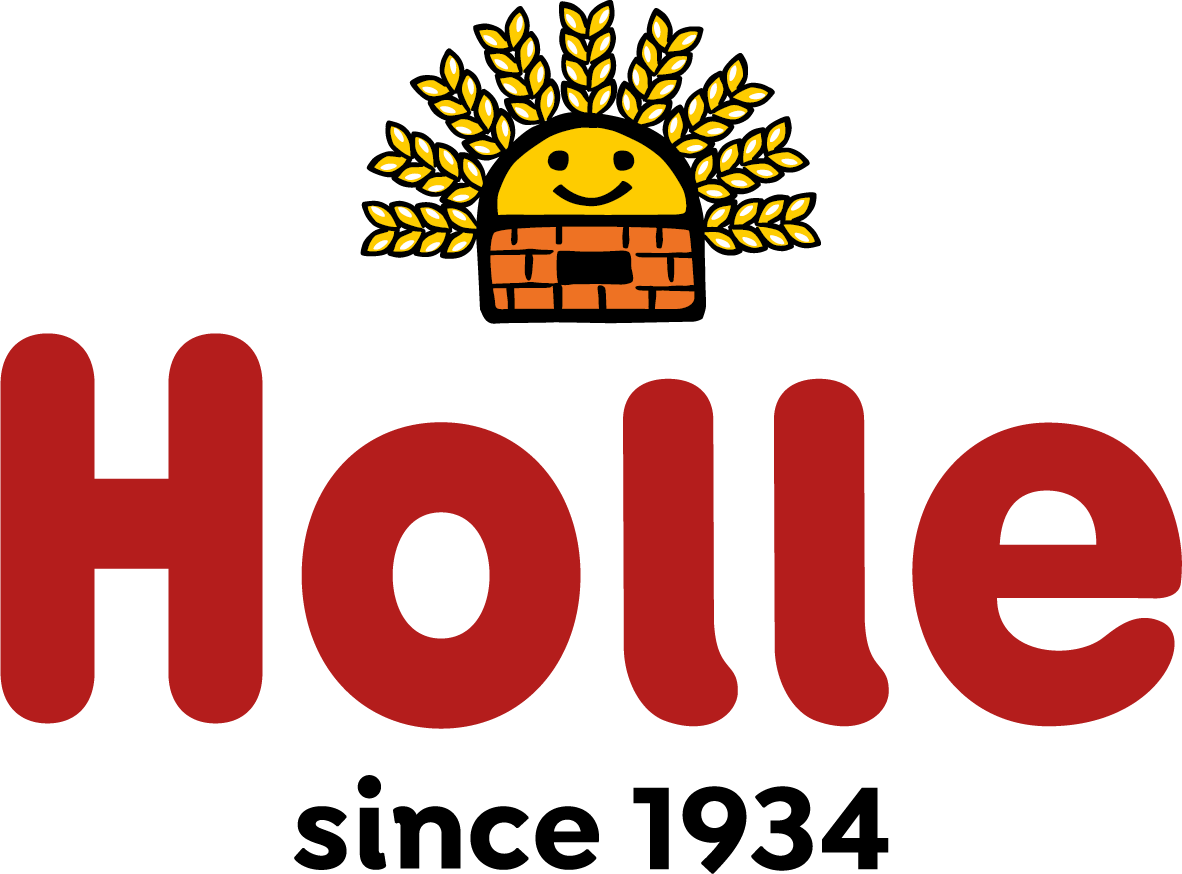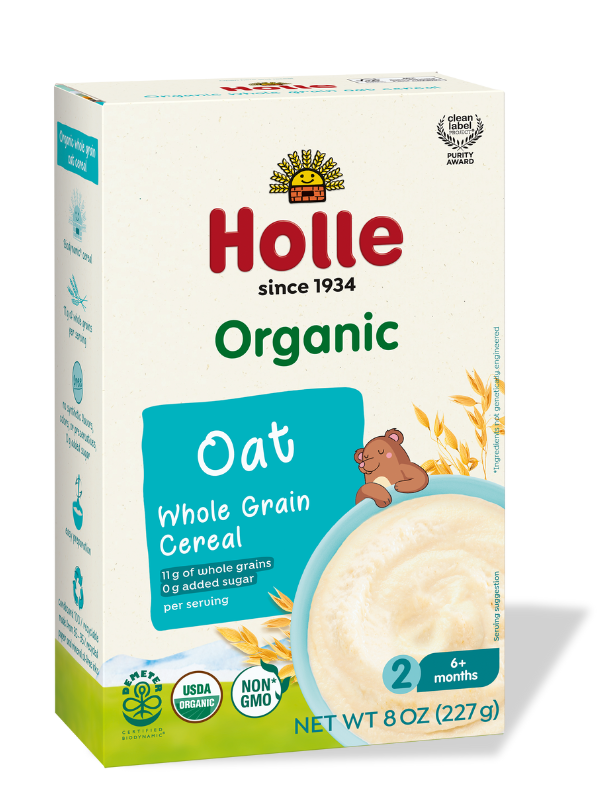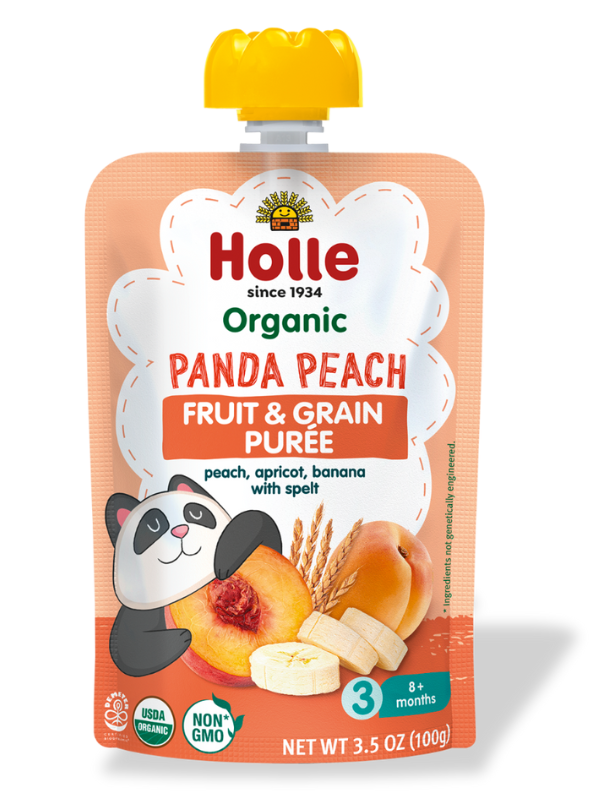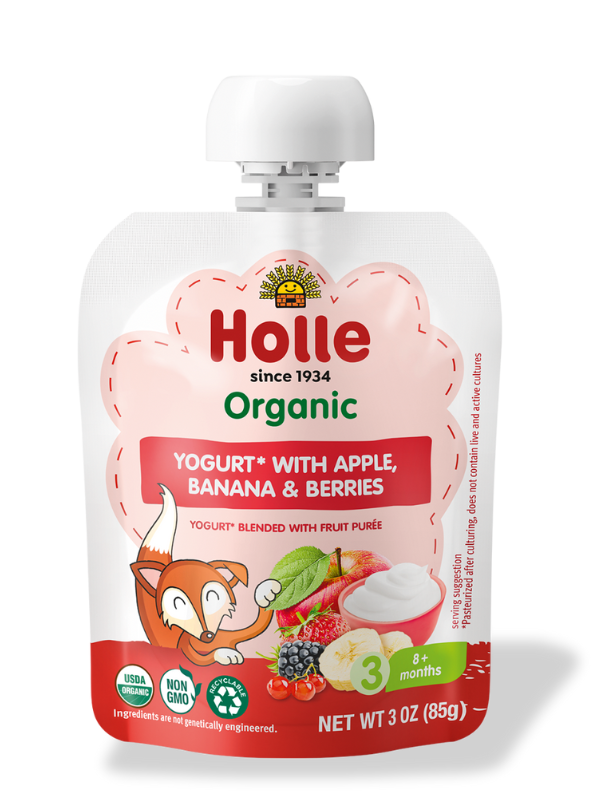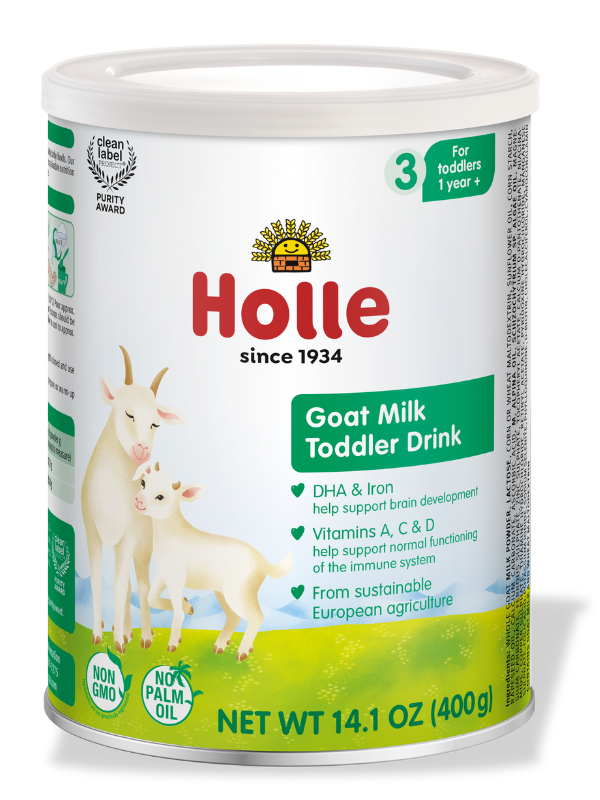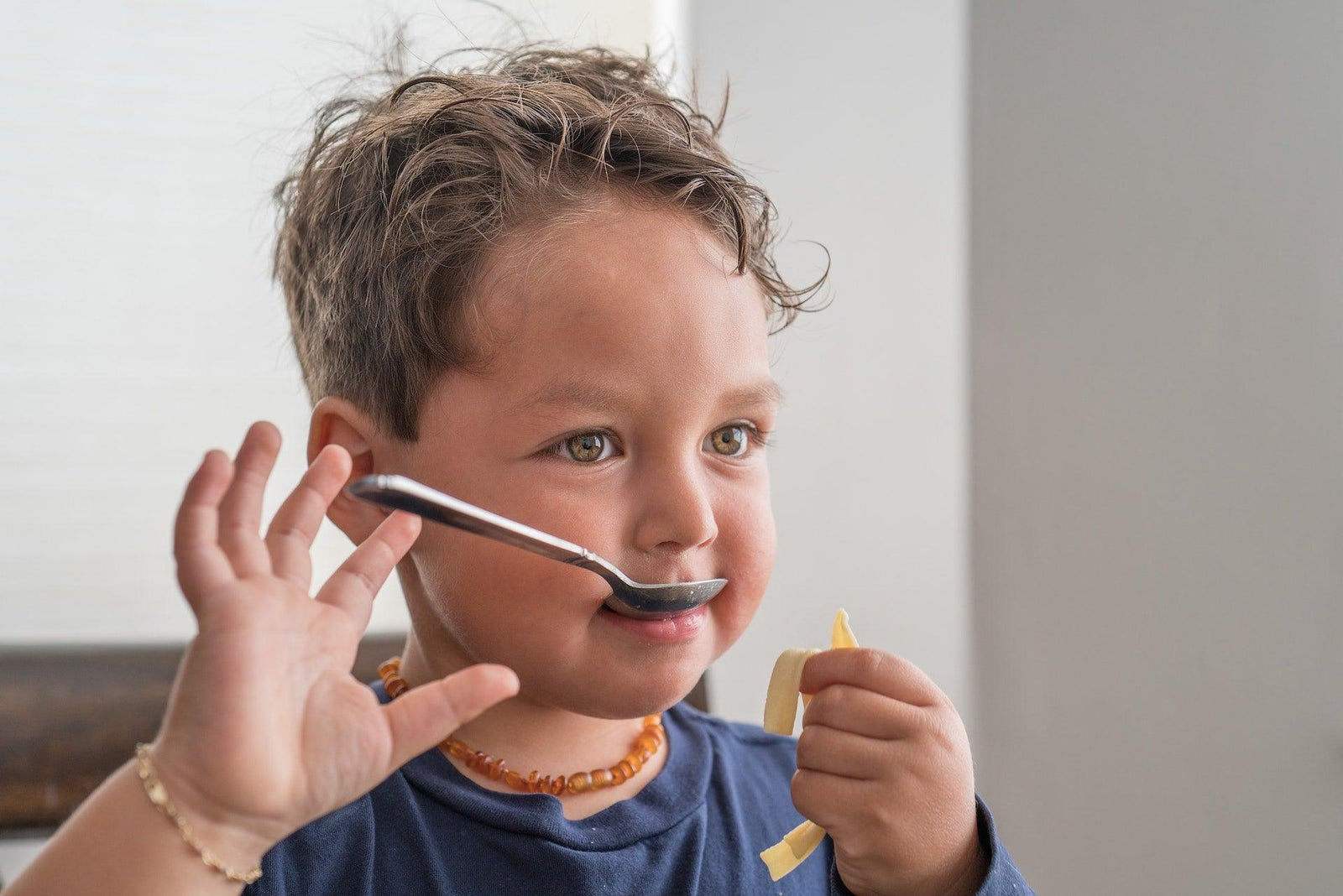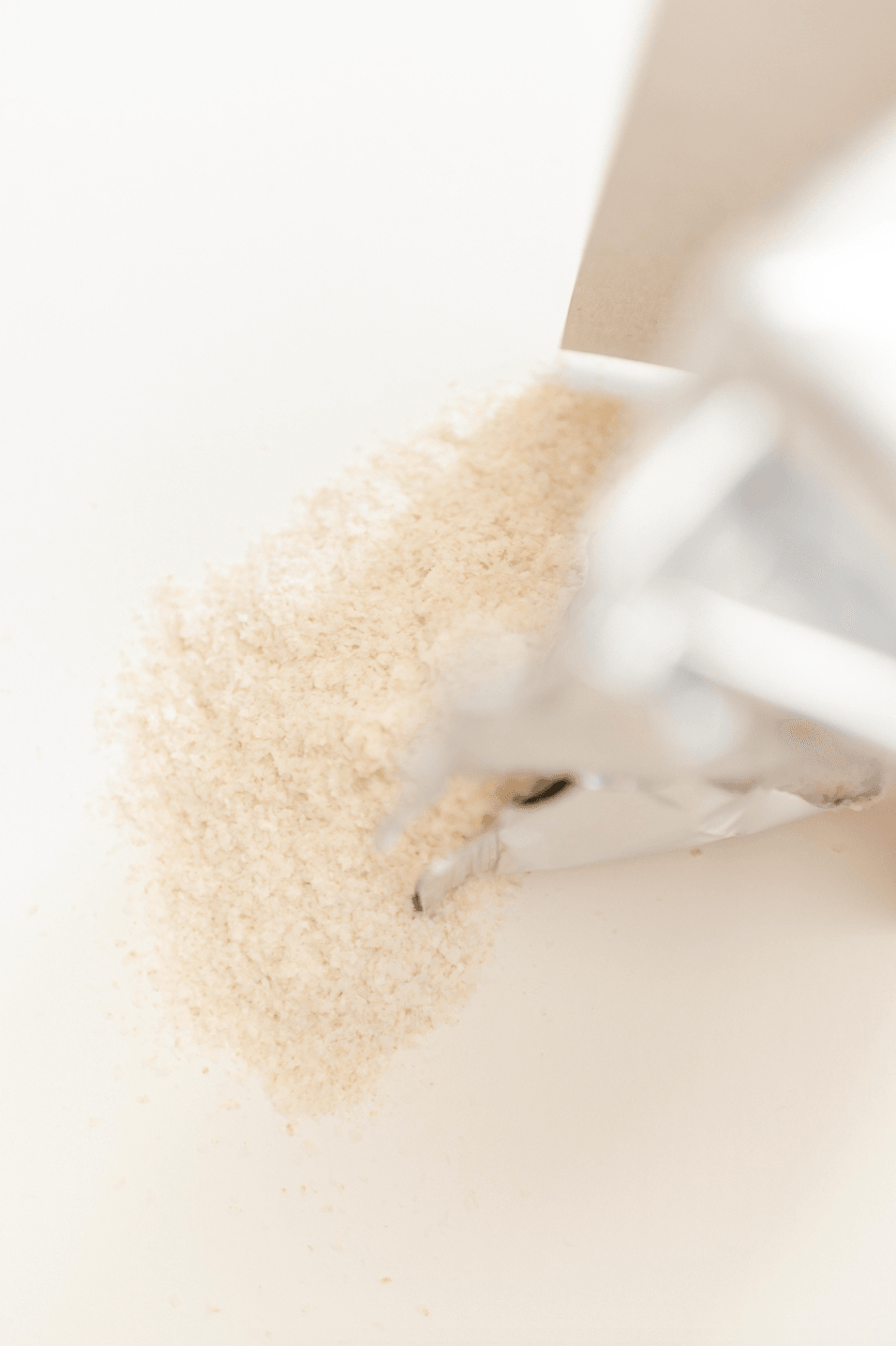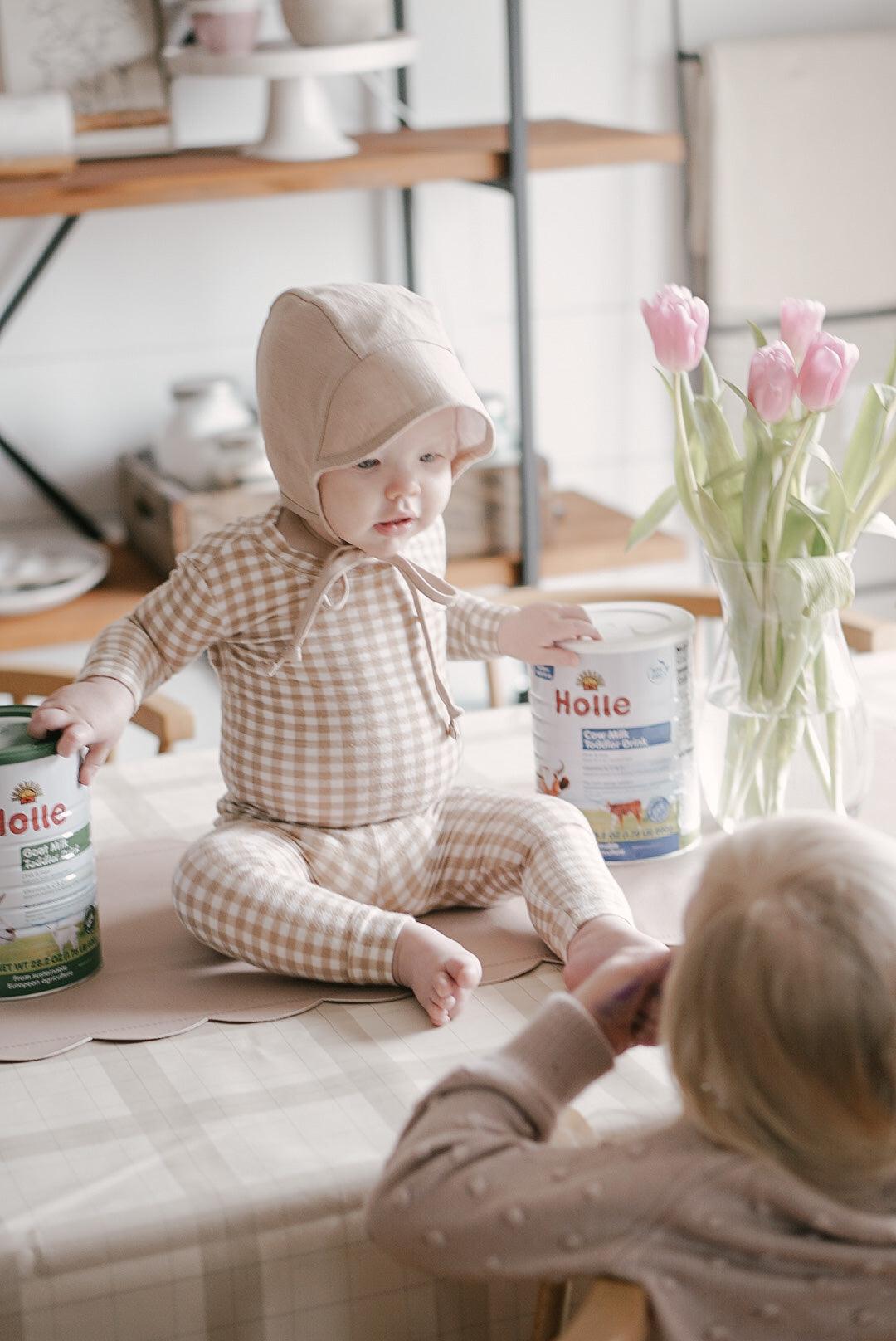Cereal is a breakfast classic for a reason––it’s quick, simple to make, and kids love it. But finding cereals that taste good while also providing the important nutrients growing children need to thrive can be a tall task. Most of the colorful cereals kids see in commercials include processed ingredients and added sugars that cancel out the perks of their convenience.
Knowing what to look for when choosing a cereal for your kids makes the difference between feeding them a sugar bomb for breakfast or a nourishing bowl of goodness. Read on to find out which ingredients rank best and worst for your child’s well-being.
Kids cereal and sugar
The Environmental Working Group has done a lot of research on the effects of sugar in kids breakfast cereals, and the results aren’t pretty. According to a comprehensive analysis of over 1500 cereals in the U.S., conventional cold cereals are the worst choice you can make if you’re trying to moderate sugar intake.
Most cereals on the shelves are closer to a dessert than a breakfast food. The EWG reported in 2014 that 100% of cold children’s cereals on the market contained added sugars, and children’s cereals had on average 40% more sugar than adult cereals. Based on these findings, if children ate one bowl of cereal a day they would end up eating ten pounds of sugar per year from breakfast alone.
Better kids cereal choices
Thankfully, there’s still hope for cereal-loving children and parents. When shopping for cold cereals, look for 100% whole grain options with as little sugar as possible per serving. The AAP recommends keeping daily sugar intake under 25 grams, which is about six teaspoons per day.
You can also try switching your child over to hot cereals. Hot cereals are much easier to find without added sugars and can be naturally sweetened by mixing in fresh fruit. The AAP’s sugar recommendation refers specifically to added sugars, so the natural sugars like those found in fruit are okay. Hot cereals like Holle’s organic line are just as easy to prepare as their cold cousins–just mix with milk, or water for a non-dairy version, and stir.
The simpler the better when choosing any kind of cereal. Look for a short ingredient list, ideally containing just a grain(s) and any added vitamins or minerals. If your baby is just getting started on solid foods, start with grain cereals first. Introducing one ingredient at a time helps to detect any allergies or intolerances early.
Once it’s clear your child tolerates a variety of grains, they can eat mixed grain cereals, which provide their own unique benefits. Mixed grain options have a diverse mix of nutrients and get babies used to different flavors and textures. The AAP recommends avoiding rice cereal due to arsenic concerns, but grains like oats, barley, wheat, quinoa, and spelt are all great options.
Whether you opt for the hot or cold variety, the key to a balanced bowl of cereal is making sure there’s a solid dose of fiber and protein, and a limited amount of sugar.
Sources:
https://www.ewg.org/research/childrens-cereals
https://www.healthline.com/health/parenting/healthy-kids-cereals#ingredients-you-want
https://www.webmd.com/parenting/kid-nutrition-basics
